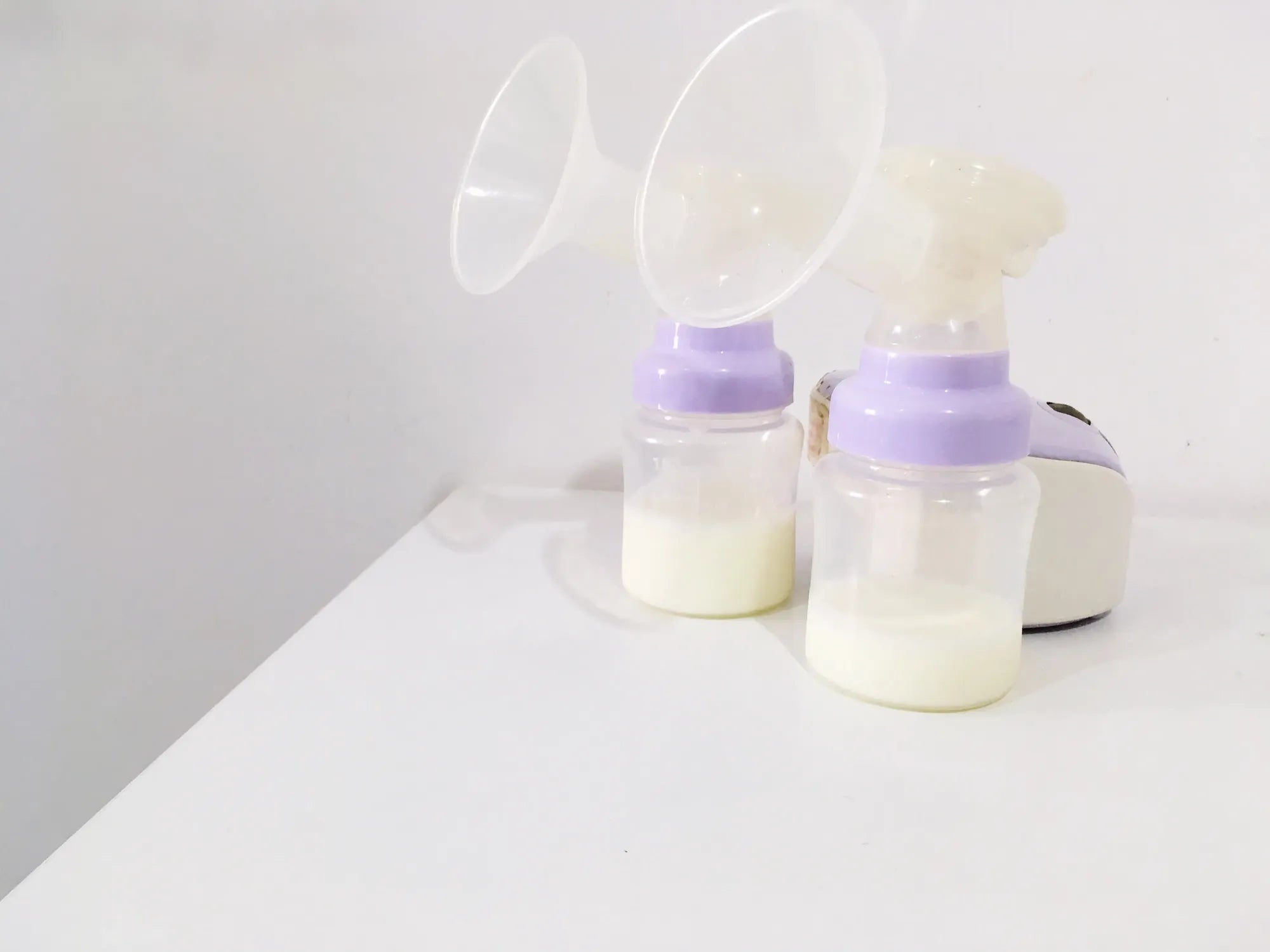Accueil
Pregnancy, Breastfeeding, and Pumping: The Ultimate Guide for Moms
How Much Breast Milk to Pump for 2 Month Old: A Comprehensive Guide

How Much Breast Milk to Pump for 2 Month Old: A Comprehensive Guide
As a new parent, one of the most common questions you might have is, how much breast milk to pump for a 2-month-old. Understanding the right amount can be crucial for your baby's growth and development. This guide will walk you through everything you need to know about pumping breast milk for your little one.
Understanding Your Baby's Needs
At two months old, your baby is growing rapidly and requires a significant amount of nutrition. Breast milk is the best source of nutrients for your baby, providing everything they need for healthy development. On average, a 2-month-old baby consumes about 24 to 32 ounces of breast milk per day. However, this can vary depending on your baby's weight, appetite, and feeding schedule.
How Often Should You Pump?
Pumping frequency is just as important as the amount of milk you pump. For a 2-month-old, you should aim to pump every 2 to 3 hours. This mimics the natural feeding schedule of a baby and helps maintain your milk supply. If you are exclusively pumping, you may need to pump more frequently to ensure your baby gets enough milk.
Calculating the Right Amount
To determine how much breast milk to pump for your 2-month-old, you can use a simple calculation. Multiply your baby's weight in pounds by 2.5. This will give you the approximate number of ounces your baby needs per day. For example, if your baby weighs 10 pounds, they will need about 25 ounces of breast milk daily. Divide this number by the number of feedings to determine how much to pump per session.
Tips for Successful Pumping
Pumping breast milk can be challenging, but with the right strategies, you can make it easier. Here are some tips to help you succeed:
- Stay Hydrated: Drinking plenty of water is essential for maintaining your milk supply.
- Eat a Balanced Diet: A healthy diet rich in nutrients can help increase your milk production.
- Relax: Stress can negatively impact your milk supply, so try to stay calm and relaxed while pumping.
- Use a Quality Pump: While we won't mention specific brands, using a reliable and efficient pump can make a big difference.
- Pump Regularly: Consistency is key. Try to pump at the same times each day to establish a routine.
Monitoring Your Baby's Growth
It's important to monitor your baby's growth to ensure they are getting enough breast milk. Regular check-ups with your pediatrician can help track your baby's weight gain and overall development. If you notice any signs of insufficient milk intake, such as poor weight gain or frequent fussiness, consult your healthcare provider for advice.
Storing and Handling Breast Milk
Proper storage and handling of breast milk are crucial to maintain its quality and safety. Here are some guidelines to follow:
- Storage Containers: Use clean, BPA-free containers or breast milk storage bags.
- Refrigeration: Freshly pumped milk can be stored in the refrigerator for up to 4 days.
- Freezing: For longer storage, you can freeze breast milk for up to 6 months.
- Thawing: Thaw frozen milk in the refrigerator or by placing it in warm water. Avoid using a microwave, as it can destroy nutrients and create hot spots.
- Labeling: Always label your milk with the date and time it was pumped to ensure you use the oldest milk first.
Common Challenges and Solutions
Pumping breast milk can come with its own set of challenges. Here are some common issues and how to address them:
- Low Milk Supply: If you're struggling with low milk supply, try increasing your pumping frequency, staying hydrated, and eating lactation-friendly foods.
- Engorgement: Engorgement can be uncomfortable. To relieve it, pump regularly and use warm compresses before pumping.
- Clogged Ducts: Clogged ducts can be painful. Massage the affected area and pump frequently to clear the blockage.
- Nipple Pain: If you experience nipple pain, ensure you're using the correct flange size and apply a nipple cream to soothe the area.
Balancing Pumping and Breastfeeding
If you're both breastfeeding and pumping, finding a balance can be tricky. Here are some tips to help you manage:
- Pump After Feedings: Pumping after breastfeeding can help increase your milk supply and ensure your baby gets enough milk.
- Alternate Sides: Alternate the breast you offer during feedings and the side you pump from to maintain even milk production.
- Listen to Your Body: Pay attention to your body's signals and adjust your pumping schedule as needed.
When to Seek Help
If you're having trouble pumping enough milk or if your baby isn't gaining weight as expected, don't hesitate to seek help. A lactation consultant can provide personalized advice and support to help you overcome any challenges.
Understanding how much breast milk to pump for a 2-month-old is essential for your baby's health and your peace of mind. With the right knowledge and strategies, you can ensure your baby gets the nutrition they need to thrive. Remember, every baby is different, so it's important to monitor your baby's growth and adjust your pumping routine as needed. Happy pumping!
Partager
